Bright spot attracting luxury brands
According to a recent report by Savills, the global market is witnessing a slowdown in new store openings in the luxury sector. Particularly in the Middle East and Europe, brands are having difficulty finding suitable locations to open their stores.
Even some of the most exciting luxury markets, like China, are starting to show signs of slowing down. While the market still leads in new luxury stores, accounting for 41% of the global total, the pace of expansion has slowed by 12% in 2023. The figures suggest that the Chinese market is entering a saturation phase after the boom of 2021-2022.
In the Global Luxury Retail Outlook 2024 report published by Savills, it is also stated that the reason is believed to be due to the decline in domestic consumer confidence, causing luxury brands to worry about the profit potential in this market, leading to a decrease in interest in opening new stores in the billion-people market.
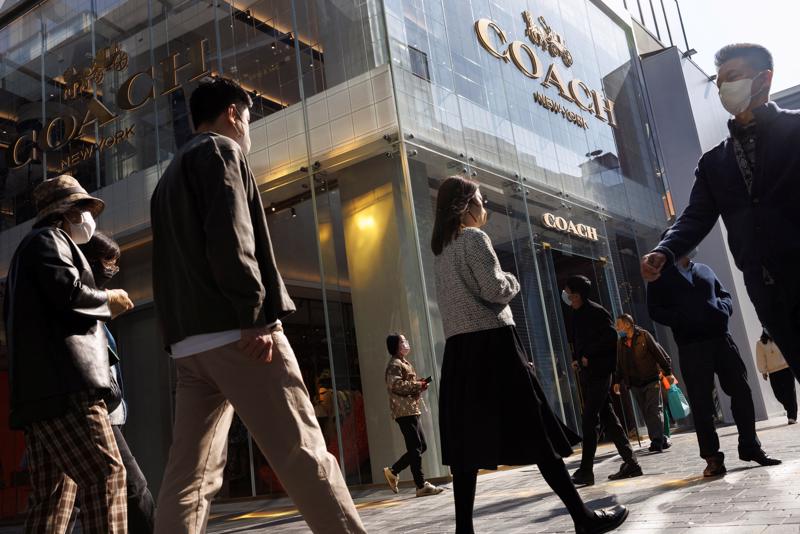
New store openings by some luxury retail brands are slowing even in major markets.
In contrast, some regions are actively recording growth in the number of luxury stores, including North America and the Asia- Pacific region, but excluding the Chinese market. Some prominent markets such as Japan, Singapore, Thailand, India and Vietnam are also recording an increase in the number of luxury brand stores. According to the above research, the Asia-Pacific region currently accounts for 17% of the global market share in the luxury retail sector in 2023.
According to Mr. Matthew Powell, Director of Savills Hanoi, the main driver of the positive interest of luxury brands in the Asia- Pacific market is the speed of recovery of the tourism industry. For example, in Japan, LVMH group reported a 32% revenue growth in the first quarter of 2024 thanks to the increase in tourist numbers and attractive exchange rates. In the context of the Japanese Yen being weaker compared to other currencies such as the US Dollar or Euro, imported Japanese luxury goods are more affordable for foreign tourists, stimulating more shopping demand.
By industry, luxury fashion and accessories brands are the ones that will see the most active expansion in 2023. In particular, the jewelry segment will see an acceleration in the increase in new stores, accounting for 63% of the total new stores globally in 2023. This trend will be mainly in the Asia-Pacific region with a strong concentration in mature markets such as Tokyo, Seoul and Hong Kong.
At the same time, luxury fashion brands are selectively expanding into Vietnam. According to Savills' Q4/2023 report, the luxury retail market value is forecast to grow at 3.2% until 2028, and fashion is the largest segment with an expected market value of 298.6 million USD by 2024. Of which, retail centers have the largest additional leasable area. This trend will continue until Q1/2024. In addition, Savills' Q1/2024 report shows that in the Hanoi market, shopping centers account for the largest market share with 63% of the supply, equivalent to 1.1 million m2, followed by the inner city area.
The trend of luxury brands landing in high-end tourist destinations
According to Savills, luxury brands always want to reach where customers live and play, especially in areas with high-end resorts - where potential customers are attracted. Therefore, resorts are the only market that has not slowed down in opening new stores.
Whether it’s winter travel or summer beach getaways, access to a wide range of shopping options remains a top priority for travelers. Luxury store openings in resort markets are set to double from 2022 to 2023, nearly four times the pre-pandemic global average.
Luxury fashion brands Alexander McQueen, Balenciaga, Burberry, Bvlgari and Zimmerman are following in the footsteps of industry giants such as LVMH, Richemont and Armani, by choosing to set up shop in resort locations to get closer to their target customers.
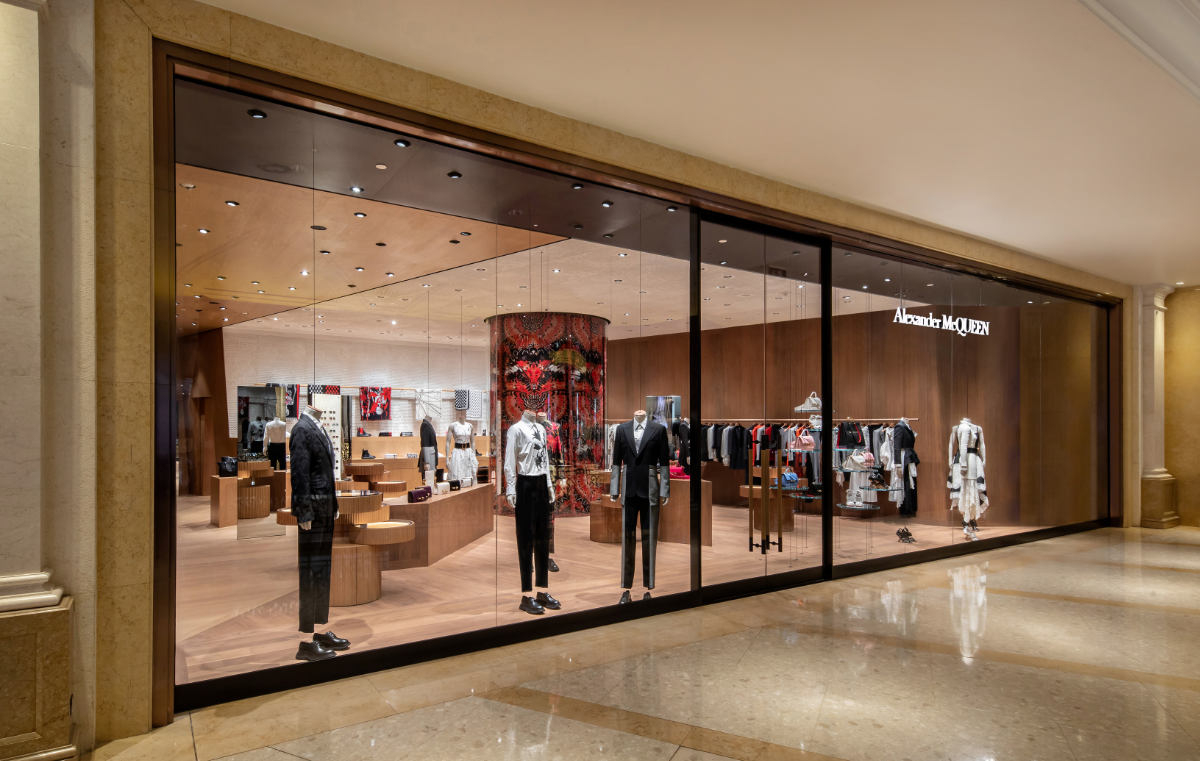
Alexander McQueen store at Four Seasons Resort, Macau
According to Mr. Matthew, the increase in pop-up stores at resorts comes from two factors: demand from the brand side and increased supply.
“Luxury brands want to reach high-end customers at resorts. Meanwhile, high-end resorts and hotels are increasingly focusing on finding ways to maximize their real estate space by creating retail opportunities to meet customer needs. Pop-up stores offer a diverse approach, making the temporary presence of the brand at the resort location become a memorable and shareable experience for each customer,” analyzed the Director of Savills Hanoi.
Not to mention, positioning and linking with resort markets also allows brands to expand their product range and portfolio, suitable for the needs of resort tourists, such as winter sportswear, travel accessories...
Luxury brands are moving beyond temporary pop-up stores to long-term investments in carefully selected resorts to enhance customer engagement. Savills research shows that Aspen and Colorado (USA) are home to the most permanent luxury stores, with nine major brands from Ralph Lauren to Van Cleef & Arpels, Dior and Louis Vuitton.
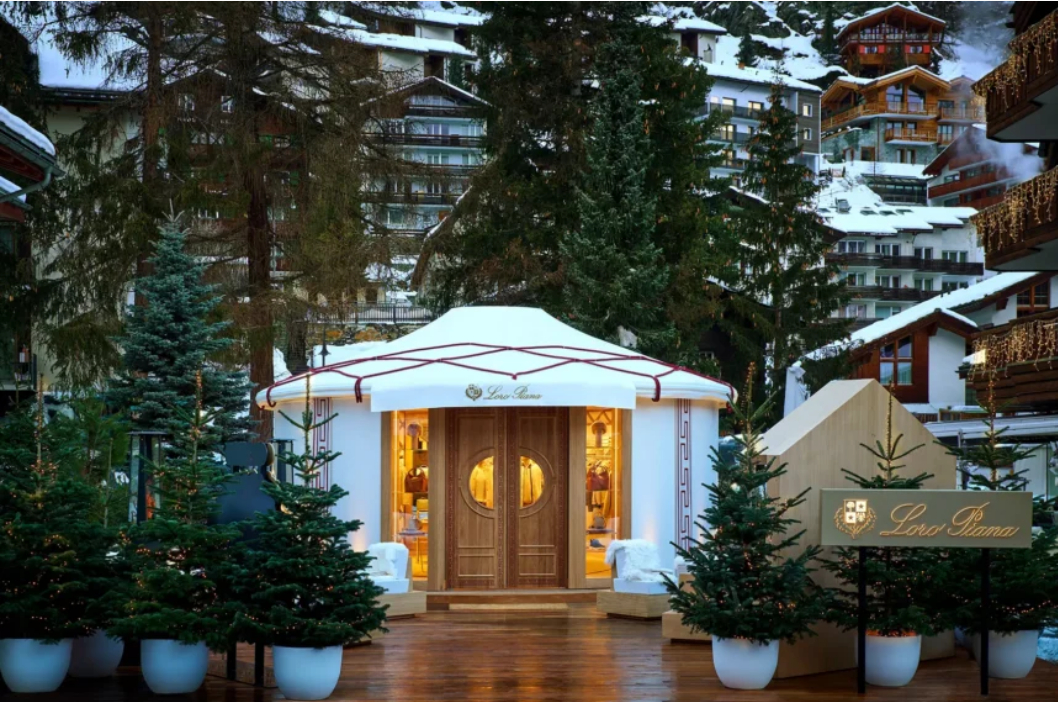
Loro Piana's first pop-up store in Zermatt, Switzerland
According to experts, taking advantage of the large number of tourists at seasonal resorts, combined with adjusting products and images to suit local culture, will help luxury brands consolidate their position and build a stronger international image. By understanding the needs and preferences of customers in each region, brands can better attract customers and build brand loyalty. With recorded data, this global trend is expected to bring potential opportunities for resorts in Vietnam in the near future.
Source: https://www.congluan.vn/tiem-nang-don-dau-thi-truong-ban-le-xa-xi-cua-bat-dong-san-nghi-duong-viet-nam-post298331.html


![[Photo] Bustling Mid-Autumn Festival at the Museum of Ethnology](https://vphoto.vietnam.vn/thumb/1200x675/vietnam/resource/IMAGE/2025/10/4/da8d5927734d4ca58e3eced14bc435a3)
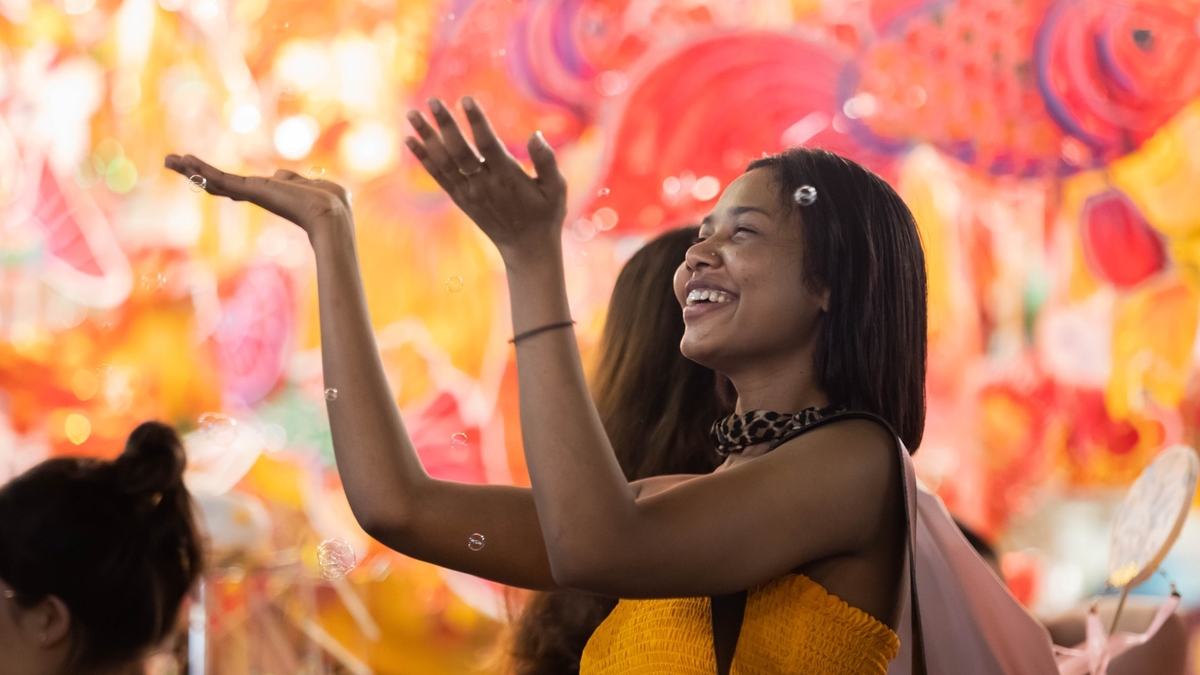

![[Photo] General Secretary To Lam attends the 8th Congress of the Central Public Security Party Committee](https://vphoto.vietnam.vn/thumb/1200x675/vietnam/resource/IMAGE/2025/10/4/79fadf490f674dc483794f2d955f6045)

![[Photo] Solemn opening of the 8th Congress of the Central Public Security Party Committee, term 2025-2030](https://vphoto.vietnam.vn/thumb/1200x675/vietnam/resource/IMAGE/2025/10/4/f3b00fb779f44979809441a4dac5c7df)




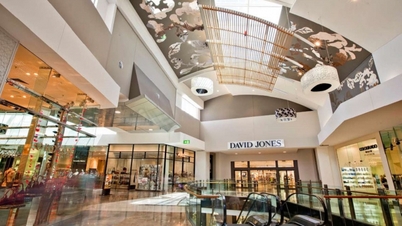
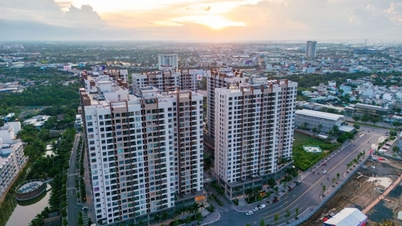
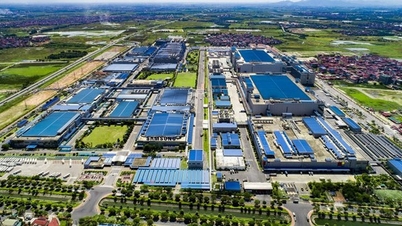



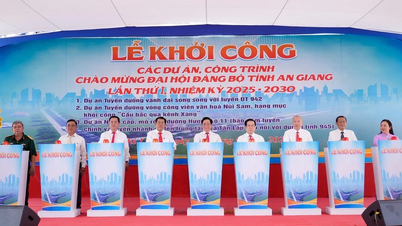


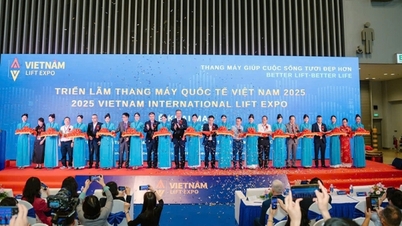





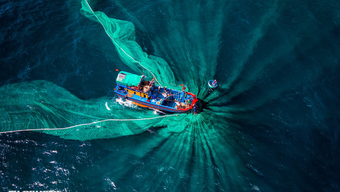
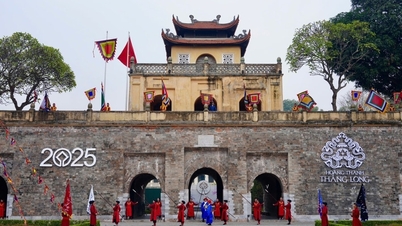

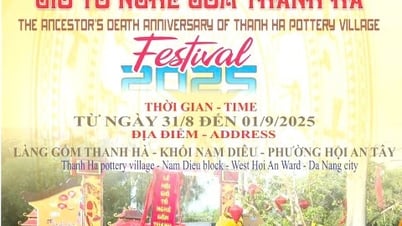

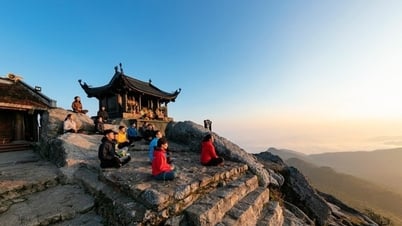




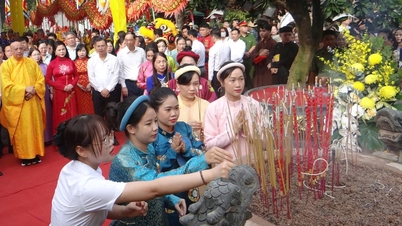

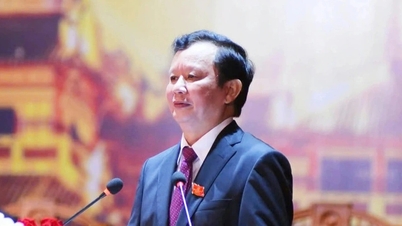

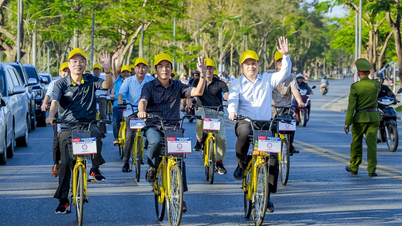



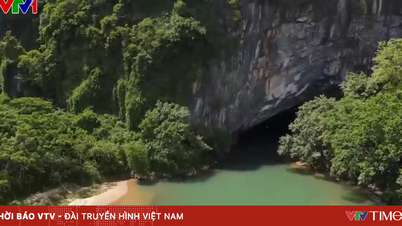











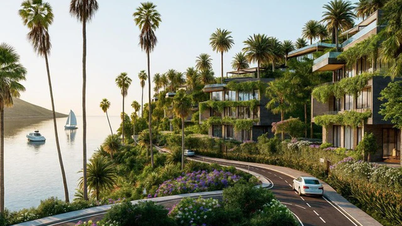


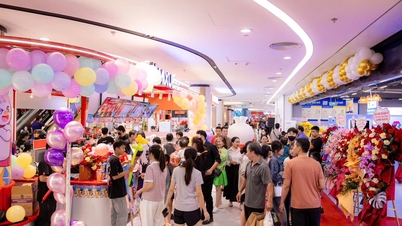
![[VIDEO] Summary of Petrovietnam's 50th Anniversary Ceremony](https://vphoto.vietnam.vn/thumb/402x226/vietnam/resource/IMAGE/2025/10/4/abe133bdb8114793a16d4fe3e5bd0f12)
![[VIDEO] GENERAL SECRETARY TO LAM AWARDS PETROVIETNAM 8 GOLDEN WORDS: "PIONEER - EXCELLENT - SUSTAINABLE - GLOBAL"](https://vphoto.vietnam.vn/thumb/402x226/vietnam/resource/IMAGE/2025/7/23/c2fdb48863e846cfa9fb8e6ea9cf44e7)
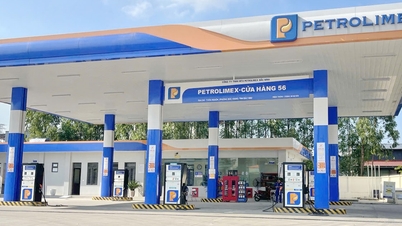



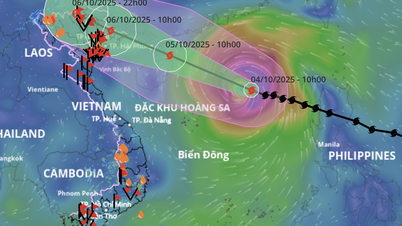

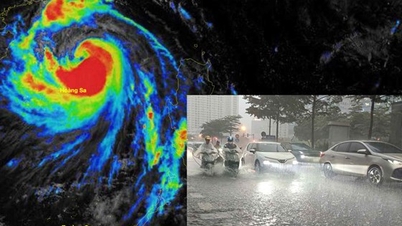

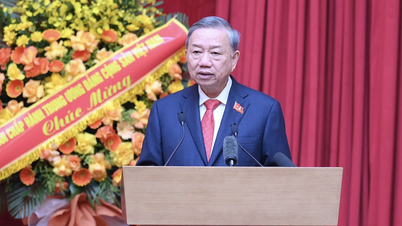
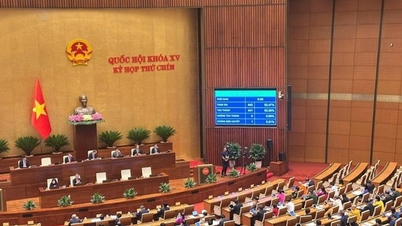








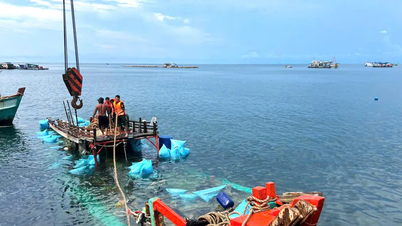

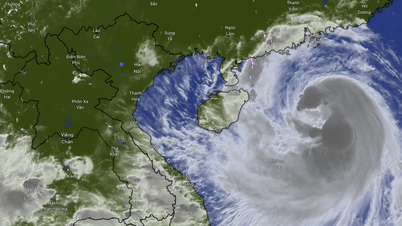
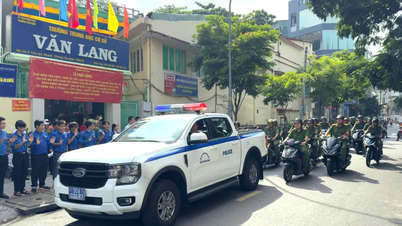
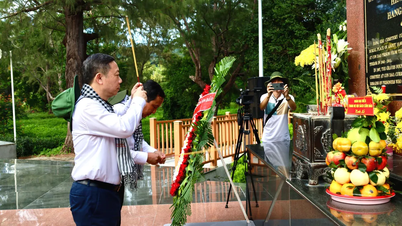




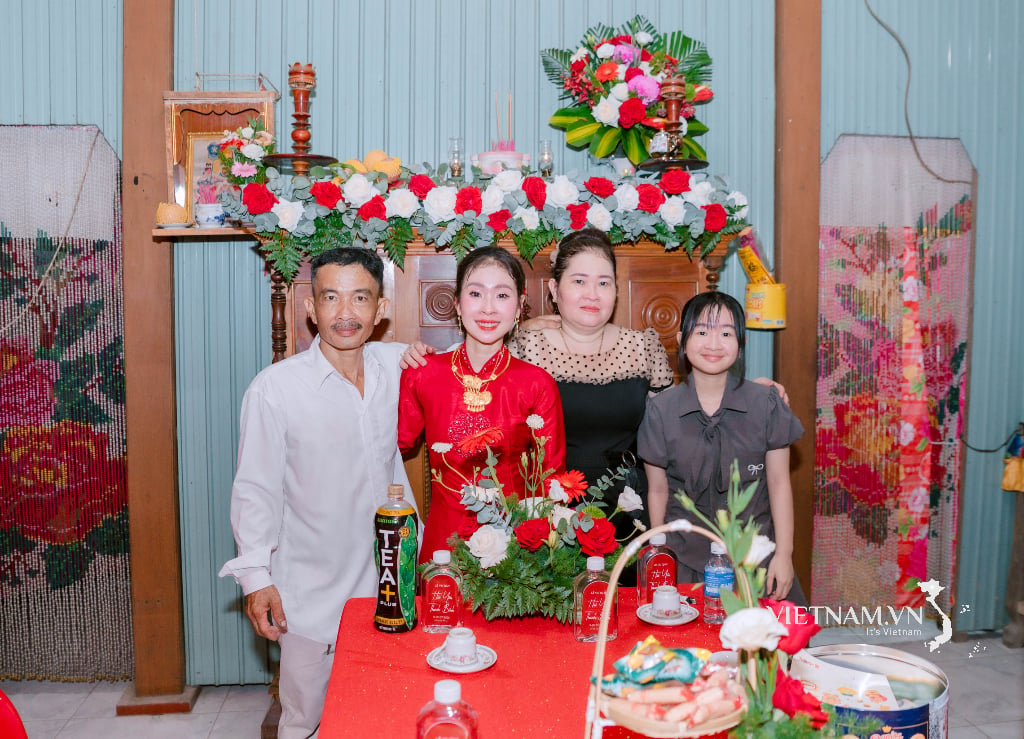

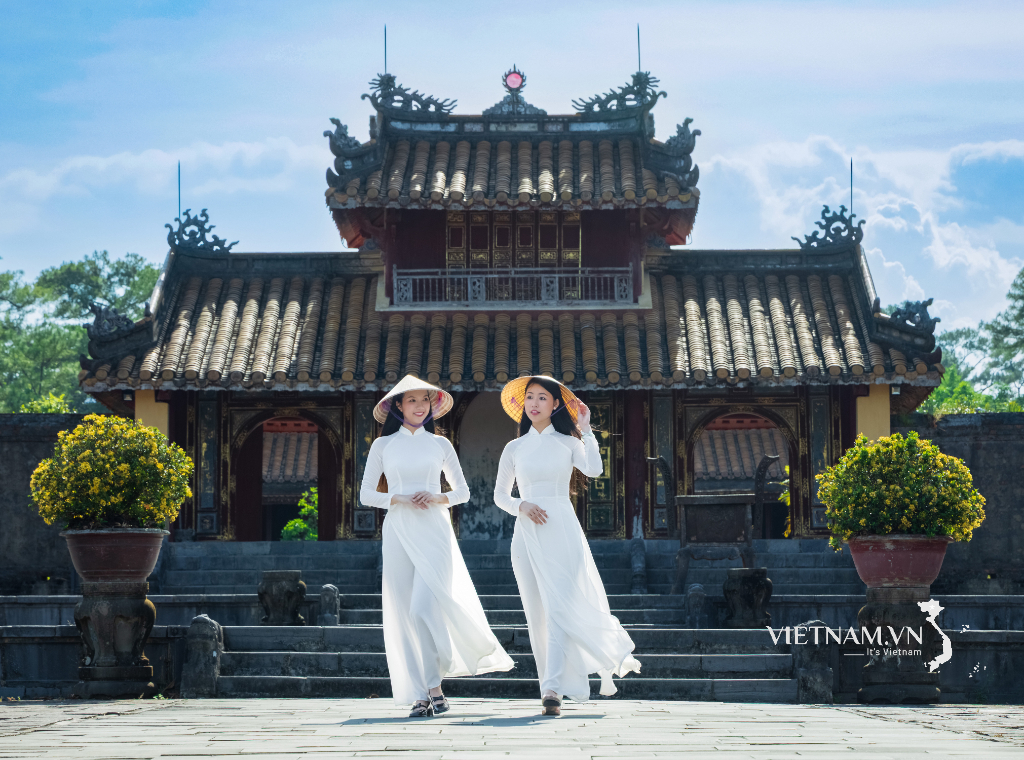
Comment (0)